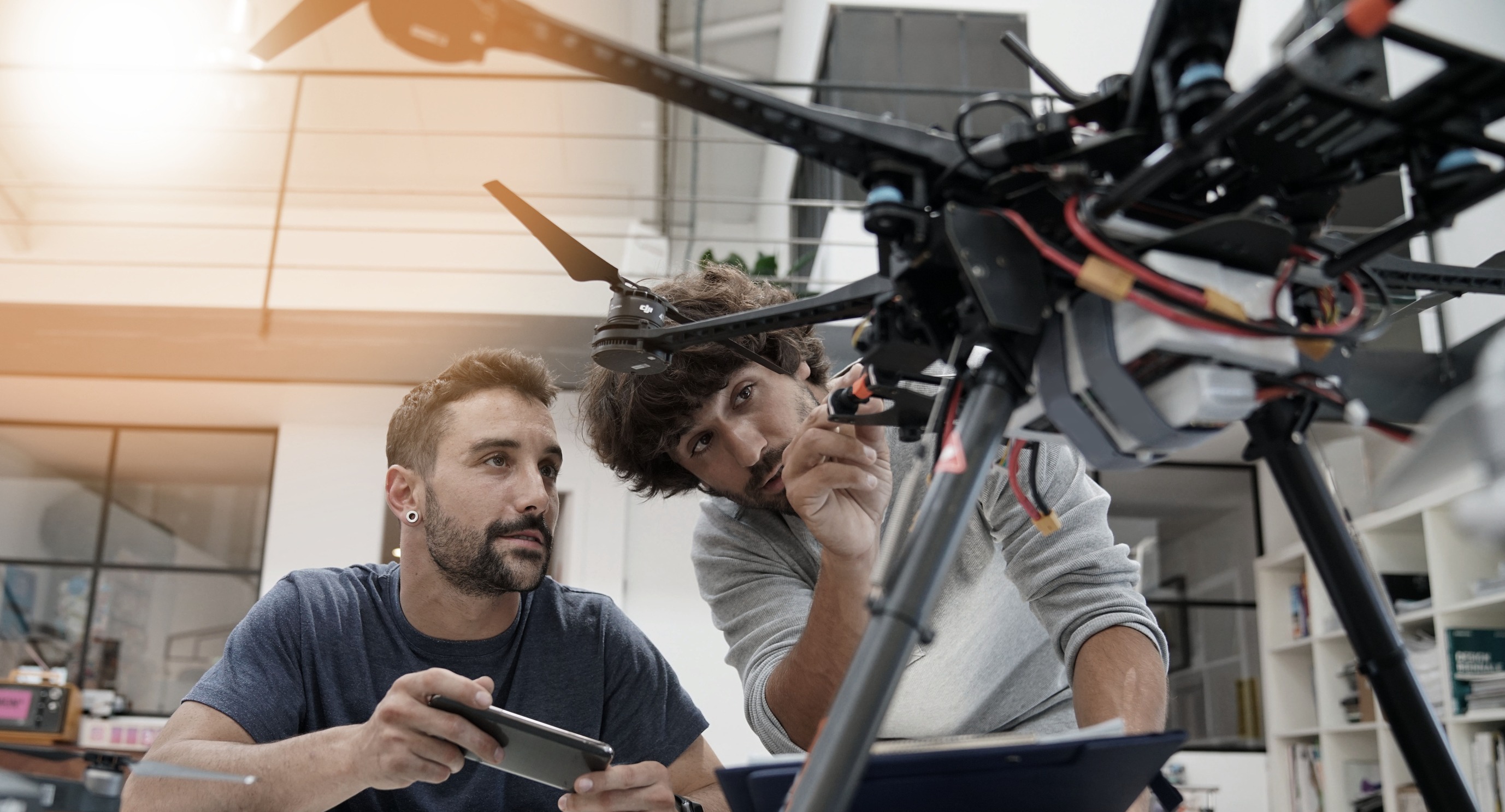Robotic Perception Made Easy with Visual Locational Data
KEY INFORMATION
Electronics - Sensors & Instrumentation
TECHNOLOGY OVERVIEW
Due to the rising demand for industrial automation, autonomous robotic technology is gaining traction across various industries optimising processes and increasing operational efficiency. For these autonomous robots to execute their task with precision, they are required to be constantly aware of their surroundings to response adequately and quickly. Technologies developed from off-the-shelf components (e.g. camera-based perception) faces integration issues while industries with weak or no connectivity to the Global Navigation Satellite System (GNSS) are unable to utilise them.
Developed by a Singapore-based startup, the proposed technology herein encompasses a modularised sensor hardware and edge AI software within a compact form factor, addressing fundamental 3D vision problems such as localisation positioning and obstacle detection. This solution can be easily customised, integrated and deployed in GPS-denied or GPD-obstructed areas while maintaining accuracy and reliability in navigation, tracking and monitoring of fleet, autonomous vehicles, etc.
The technology solution has engaged with numerous proof-of-concept (POC) projects, including one notable engagement within the defence industry for a drone integration. The technology owner is looking for collaborative partners, such as manufacturers and system integrators within the automation space, who wishes to further enhance their robot’s perception capabilities.
TECHNOLOGY FEATURES & SPECIFICATIONS
This technology solution is a compact device comprising of dual stereo cameras and integrated sensors with sufficient onboard processing power (4 TOPS) embedding state-of-the-art edge AI software for their visual positioning system. The solution is:
- Compact and lightweight (credit card size form factor)
- Rated IP67
- Cost-effective
- Easy to integrate with open and interoperable architecture
- Usability in limited or no GNSS signal areas, as well as areas with differing lighting conditions
The solution can be customised for easy integration for numerous robotic systems to enable functions such as:
- 3D localised positioning and depth perception
- Customised visual-inertial navigation
- Object and space detection
- Occupancy mapping
- Map building
- Edge AI classification
POTENTIAL APPLICATIONS
This 3D vision solution can be deployed within robotic technologies across various industries that are more position-dependent, faces numerous interference and experiences limited network coverage such as:
- Indoor drones and legged or wheeled robots in industries including construction, warehouse, robotics, mining, etc
- Warehouse robotics and autonomous forklift
- Autonomous mining and human operated vehicles for collision avoidance
- Robotics solutions in defence, especially drones but also ground vehicles
- Defence adjacent industries such as first responders: fire fighters, police and K9 dog units
Market Trends & Opportunities
The computer vision market is valued at US$11.94 billion in 2015 and is expected to be valued at US$17.38 billion by 2023, exhibiting a CAGR of 7.80% within the forecasted period.
Unique Value Proposition
The 3D vision solution offers a modular approach (with hardware and software) which addresses integration and development issues for position-dependent robotics or vehicles, saving resources and time. This visual positioning system enables the deployment of any perception-based robots to execute reliable and accurate navigation within areas of weak or no connectivity.


